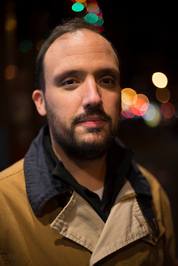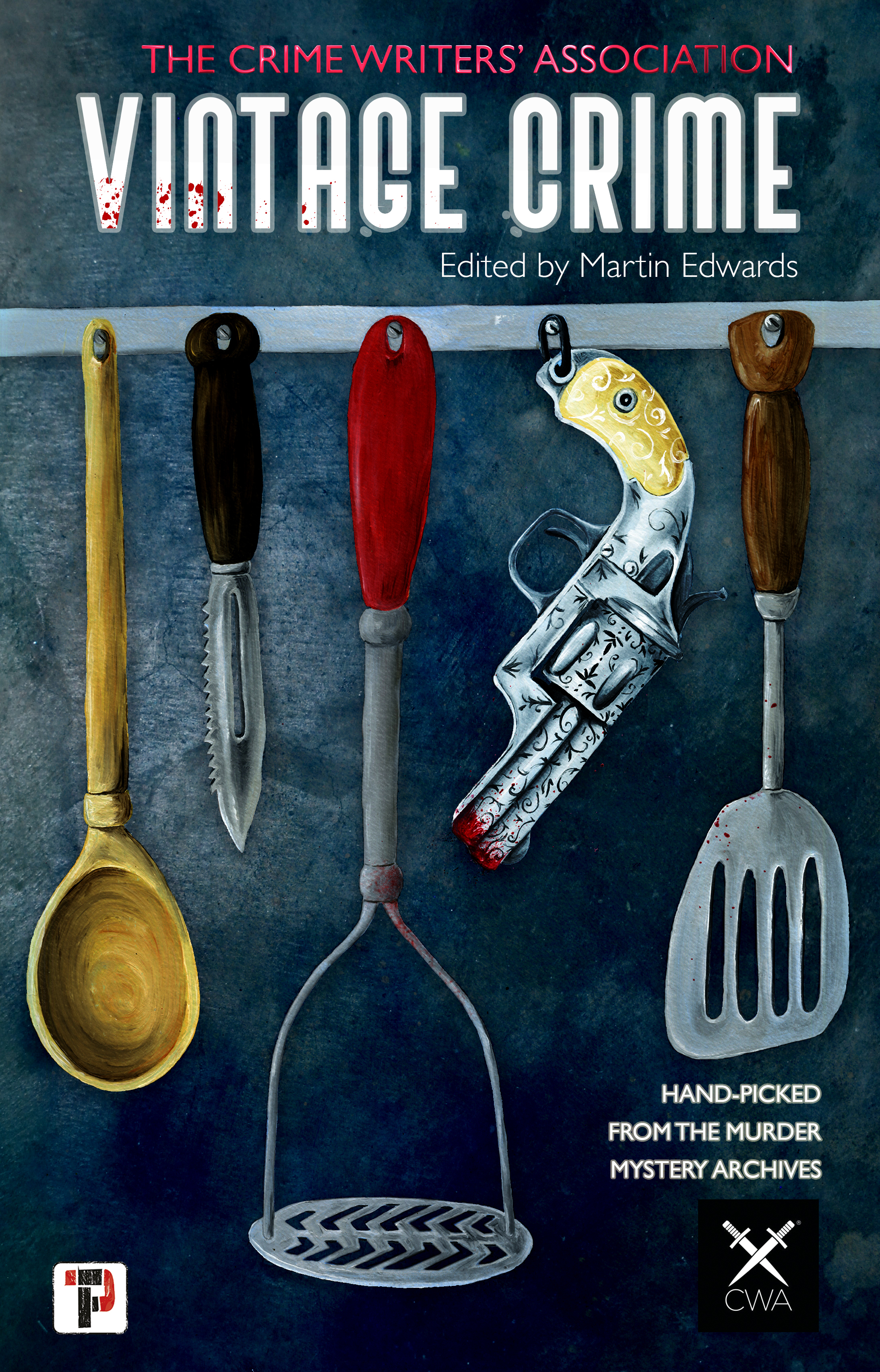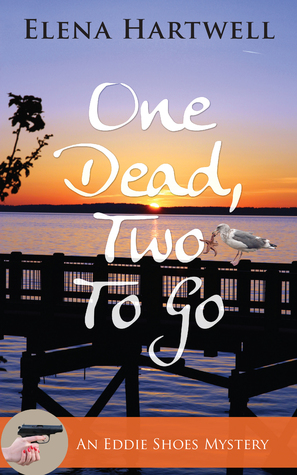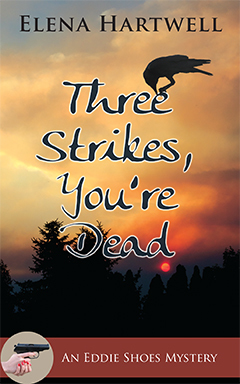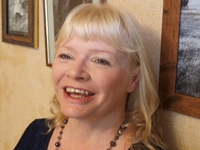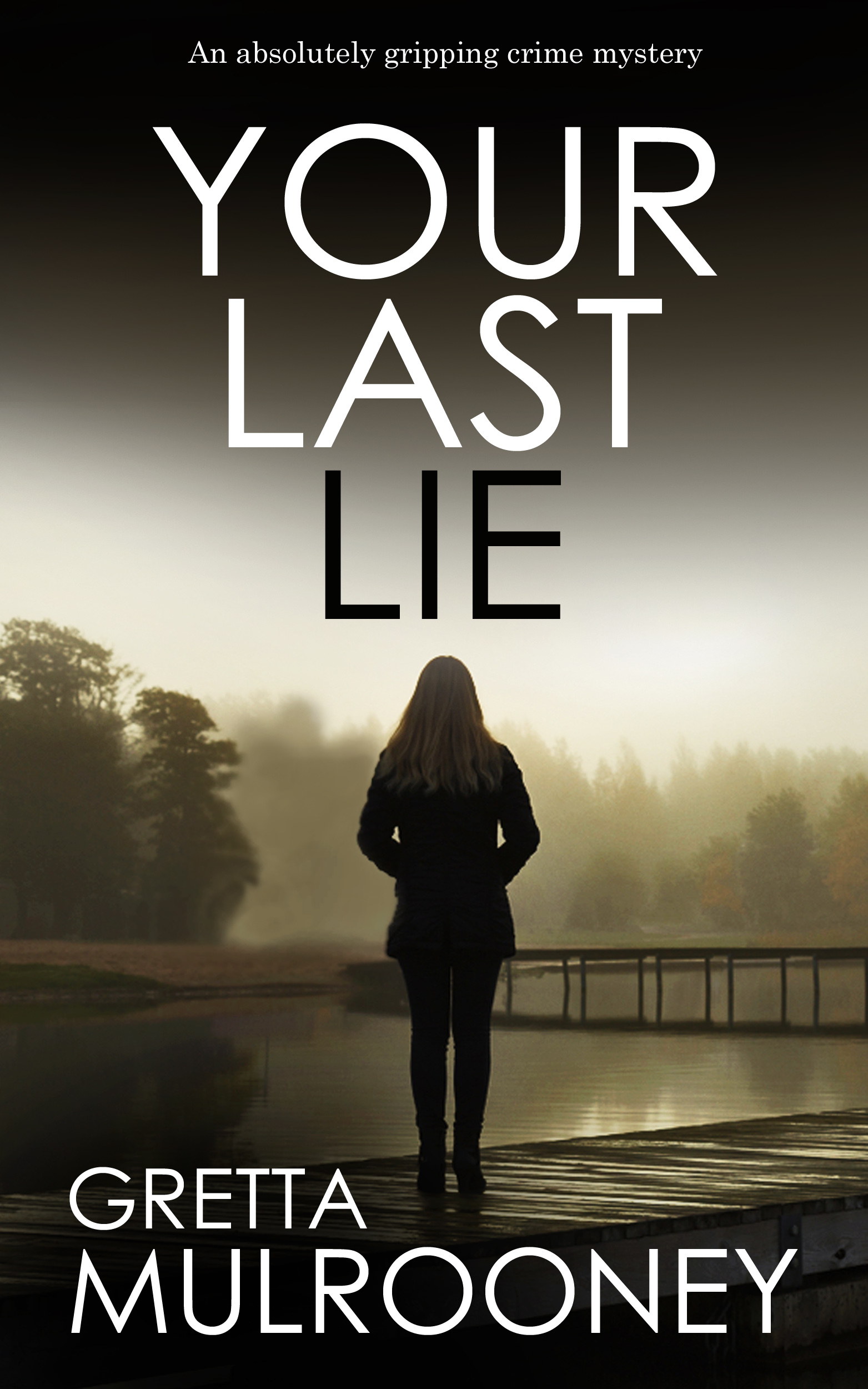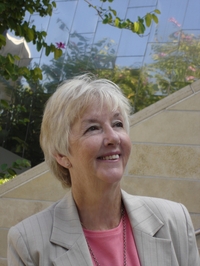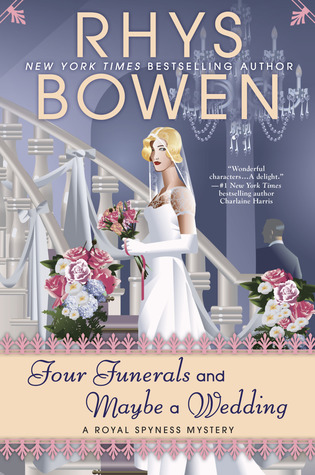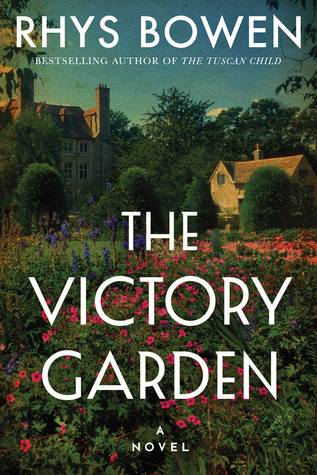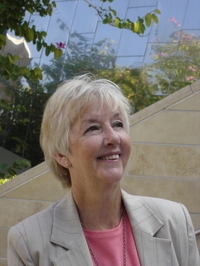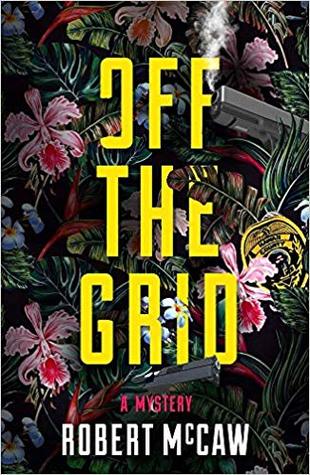
A scrap of cloth fluttering in the wind leads Hilo police Chief Detective Koa Kāne to the tortured remains of an unfortunate soul, left to burn in the path of an advancing lava flow. For Koa, it’s the second gruesome homicide of the day, and he soon discovers the murders are linked. These grisly crimes on Hawaiʻi’s Big Island could rewrite history―or cost Chief Detective Koa Kāne his career.
The dead, a reclusive couple living off the grid, turn out to be mysterious fugitives. The CIA, the Chinese government, and the Defense Intelligence Agency, attempt to thwart Koa’s investigation and obscure the victims’ true identities. Undeterred by mounting political pressure, Koa pursues the truth only to find himself drawn into a web of international intrigue.
While Koa investigates, the Big Island scrambles to prepare for the biggest and most explosive political rally in its history. Despite police resources stretched to the breaking point, Koa uncovers a government conspiracy so shocking its exposure topples senior officials far beyond Hawaii’s shores.

Author Interview
How did the idea for Off the Grid begin?
Three disparate threads came together to inspire Off The Grid. First, my wife and I bought a painting from an artist who lived in a ramshackle house deep in the forest near the nearly off the grid village of Volcano, Hawaii. Visiting her home, stuffed with all manner of eclectic objects of dubious aesthetics, made me think I’d stumbled into a writer’s dream. That the artist’s husband had some kind of clandestine military background only further sparked my interest.
Second, one night my wife and I drove up to our favorite local restaurant in Hawi, a small town on the northwest coast of the Big Island, only to find it permanently closed because law enforcement authorities had arrested the proprietor as a fugitive from justice. My subsequent research established that he was far from the only wanted man to have been caught hiding out on the Big Island.
Lastly, I am an avid reader of the international press and had become fascinated by one of the most bizarre, unexplained misadventures in contemporary military history. No spoilers here. So voila! I had fugitives from a bizarre international incident living off the grid in rural Hawaii. All I had to do was find a unique way to imagine their deaths and unleash my chief detective on the case.

What was your process for creating characters such as detective Koa Kāne?
Creating Koa Kāne involved an iterative process. Given my legal background and expertise, I wanted a character who would work with a prosecutor. Thus, Koa became a police detective. The story is set in Hawaii and draws on Hawaiian history, culture, and language. To effectively relate the culture and language, I wanted Koa to be Hawaiian. Like all good protagonists, he had to have a compelling backstory—one that drove his passion for justice. As a criminal lawyer, I have long been fascinated with the ways that people’s secret criminal acts shape their behavior. Regret, fear, guilt are powerful emotions that drive people to both good and bad ends. A cop with a deadly secret in his past provided lots of interesting hooks for a murder mystery. Thus, Koa became the killer turned cop with a potent passion to extract justice.

If you were to describe him, what are some of his characteristics?
Koa is smart and tenacious, but driven by remorse and guilt for having killed a man. Having escaped punishment for his crime, he is highly suspicious and paranoid about being conned, the way he deceived the police who investigated his crime. He is Hawaiian to the core, with a deep knowledge and appreciation of Hawaiian history and culture, but also worldly because of his military service. Viewing most politicians as disingenuous, he avoids getting involved in politics wherever possible, although he doesn’t fear confrontation when politicians attempt to impede his work. As the oldest living Kāne male, he is devoted to his family, especially his mother and sister, but deeply troubled by the disturbed and criminal behavior of his youngest brother. A loyal friend, his relationships with people run deep as exemplified by his bond with his giant fisherman buddy Hook Hao. He inspires loyalty in others, particularly Zeke Brown, the Hawaii county prosecutor. Ever playful with his girlfriend Nālani, he is proud of her expertise and accomplishments as a biologist and national park ranger.
Was it difficult writing about a police procedural?
Writing a police procedural required much research, but involved much fun. There are many tools available to writers. In my professional life, I had considerable experience with the legal side of criminal procedure, including warrants, searches, interrogations, prosecutors, grand juries, indictments, trials, and incarceration. I have used forensic text books, police equipment catalogues, and interviews with police officers to learn the more nitty-gritty side of police work. In this respect the annual Writer’s Police Academy, where federal, state, and local law enforcement officers teach police procedures was invaluable.

What kind of political pressure does Koa Kane face when he begins to uncover the truth?
Although Hilo is a small town, it has a political elite that cherishes and nurtures power. Koa, on the other hand, grew up dirt poor and pulled himself up through tenacious hard work, and is driven by remorse and guilt to find justice for the victims of crime. He has little patience for politics and believes that the rich and famous commit just as many crimes as the poor and downtrodden. These differing perspectives create conflicts when Koa’s investigations touch on the political powerful or their wealthy constituents, especially because his police chief is close to, and protective of, the mayor.
What was your experience coming up with the plot for Off the Grid?
I knew from the outset how I wanted to begin Off The Grid and I also knew the general shape of the ending. I’ve heard other authors say that it’s the middle part of a novel where you find out if you really have an interesting story. So it was with Off The Grid. I also wanted to fashion a multi-layered mystery, and so Koa first follows a string of clues to the identity of the initially unidentified victims. As he solves that mystery, he must discover and pursue the killers, yet that too leads to yet another question—who is the mastermind behind it all. And why?

Why did you pick Hawaii for the setting?
I first went to the Big Island of Hawaii in 1986 and fell in love with the mountains and incredibly varied landscapes and climates. When most people think of Hawaii, its beaches and palm trees come to mind, but the Big Island has much more—rain forests, cattle ranches, and alpine climates to name but a few of its charms. Mauna Kea reaches 14,000 feet above sea level and was once glaciated during the ice ages. It still collects several feet of snow most winters. The day atop the mountain arise before sunlight touches the rest of the island and the sun set on the land below before it fades from the mountain top. If the weather is right you can stand on the beach, looking up through the palm trees to see the snow-capped peak of Mauna Kea turn red at sunset.
I was lucky enough to meet real Hawaiians who shared their knowledge of this most special island. The land, its unique history, the culture of its people, and their language fascinated me. I quickly learned that there are two Hawaiis—the “tourist” Hawaii, largely manufactured by a sophisticated PR machine, and the real Hawaii, largely hidden from the tourists. In many ways, Hawaii itself, the real Hawaii, became one of the most important characters in Off The Grid.

What are some interesting facts you discovered in your research?
The ancient Hawaiians were great environmentalist. They imposed taboos restricting certain kinds of fishing during certain times of the year. They also created substantial aquaculture projects, raising fish in salt water ponds connected to the ocean. Their dry land farming systems produced surplus crops.
Lacking a written language, the ancient Hawaiians became great story tellers, not unlike the great epic poets of Greek and Roman antiquity, capturing their genealogical history in long poems, memorizing navigational information in chants, and explaining natural phenomena through legendary gods and goddesses.
Western businessmen—mostly sugar, pineapple, and cattle barons—spent years undermining the Hawaiian monarchy, whose sovereignty was recognized by the United States and many other nations, before these ruthless entrepreneurs staged a coup d’état, resulting in the expropriation of the Hawaiian Islands by the United States. For almost a hundred years thereafter, Hawaiians were forbidden to speak their native language in schools or government.
What were some challenges you faced while writing this book?
The biggest challenge that I faced, and the biggest challenge for most emerging authors, was finding a publisher. In today’s post-Amazon, super competitive publishing world, that is a tremendous obstacle for most emerging authors. I was extraordinarily fortunate to find Mel Parker, of Mel Parker Books, LLC, who became my agent and found a great publisher, Oceanview Publishing, for my book. Connecting with Oceanview Publishing has offered a second huge benefit. They have contracted to publish my third book—Fire and Vengeance—in 2020.

What’s the best thing about being a writer?
As a lawyer I was always more or less constrained by the provable facts. A novelist’s freedom to invent stories and modify facts gets the creative juices flowing. Good review are also nice! But perhaps the most rewarding aspect of being a writer is to encounter the individual reader who says “I really liked your story!”
What kind of advice would you give to a new writer?
First, write what you know and love. Never attempt to jump on a “trend.” By the time your book gets written, edited, and published, the “trend” you sought to emulate will have passed into the dustbin. Second, find a good editor, one who will look at the substance of your story as well as the grammar and spelling. The exchange of ideas with a skillful editor will improve your work a hundred fold.

Do you have any favorite quotes?
I will share four of my favorites quotes about truth.
“Truth never damages a cause that is just.” ― Mahatma Gandhi
“In a room where people unanimously maintain a conspiracy of silence, one word of truth
sounds like a pistol shot.” ― Czesław Miłosz
“It takes two to speak the truth—one to speak, and another to hear.” Thoreau: A Week on the Concord and Marrimack Rivers
“History warns us that it is the customary fate of a new truths to begin as heresies and to end as superstitions.” T. H. Huxley: The Coming of Age of “The Origins of Species”

Robert B. McCaw, a seasoned attorney and veteran of many headline-grabbing cases, blends his decades-old passion for Hawaiian history with a life-long enthusiasm for crime fiction to create the compelling protagonist, Chief Detective Koa Kāne, in Death of a Messenger. A former US Army officer and judicial clerk at the US Supreme Court, McCaw’s firsthand military experience, legal expertise, and immersion in all things Hawaiian lend the characters in this richly layered thriller unparalleled authenticity. An avid photographer and part-time resident of the Big Island since the 1990s, he and his wife split their time between New York and Hawaii.
Death of a Messenger is the first novel of the Koa Kāne Hawaiian Mystery series.

